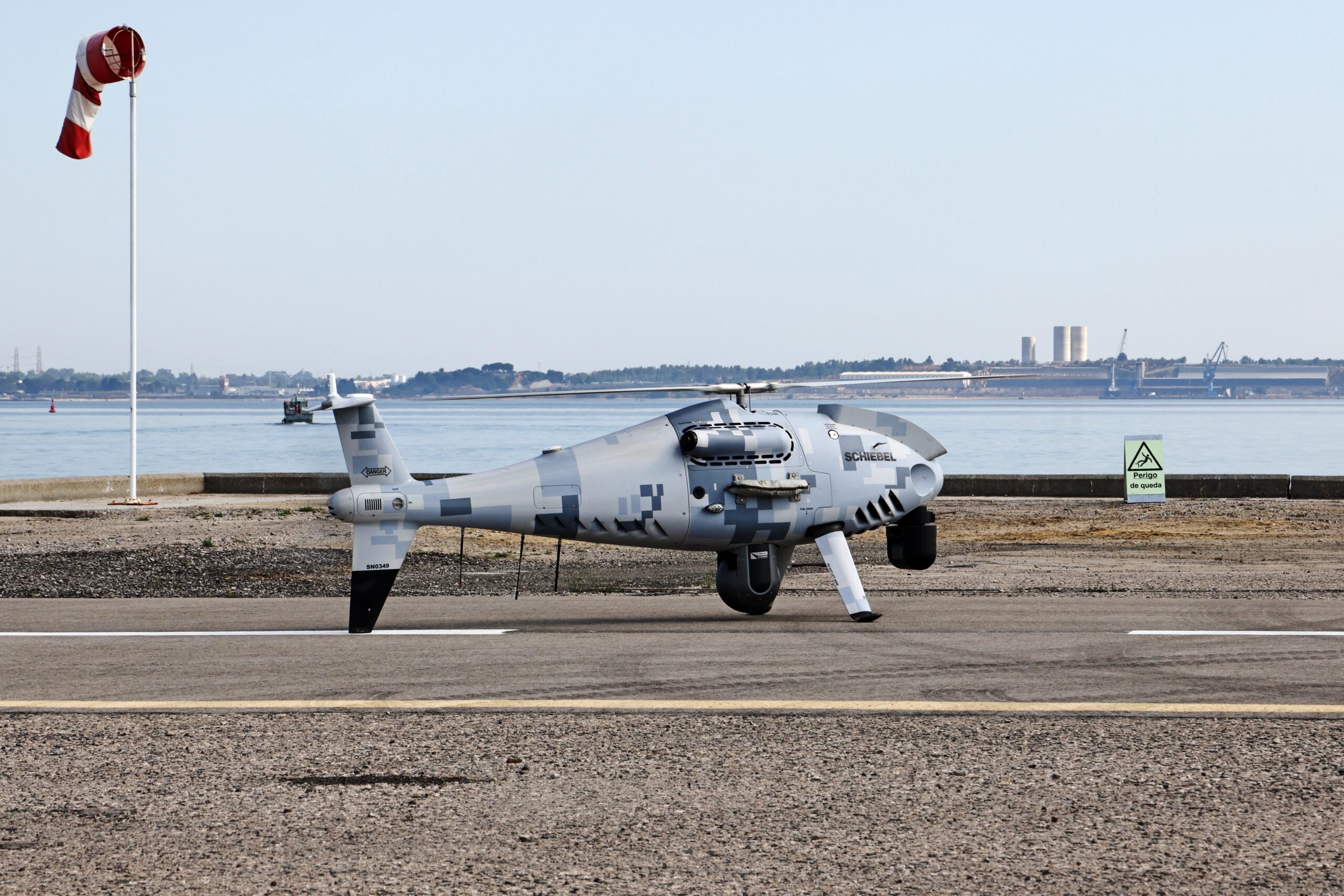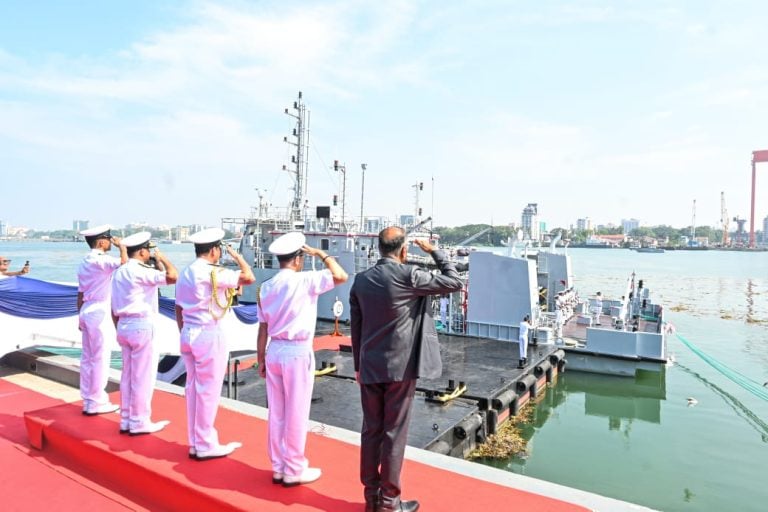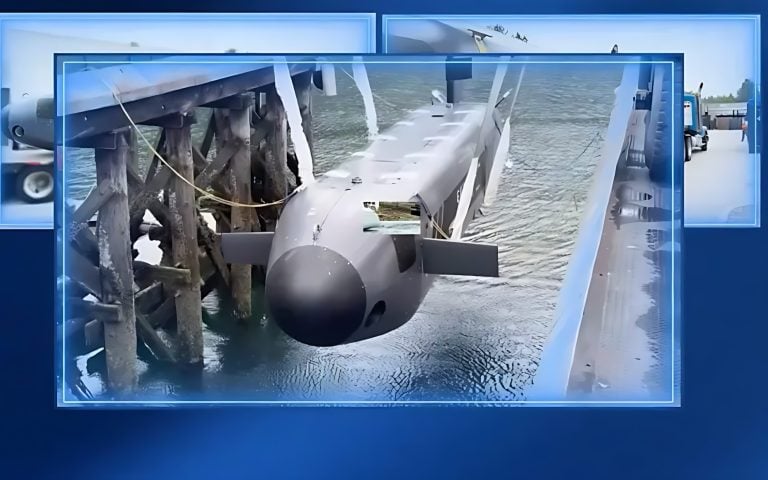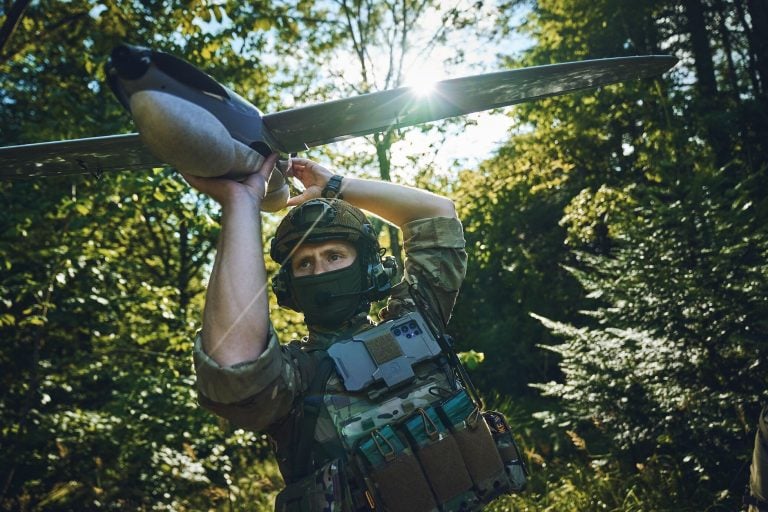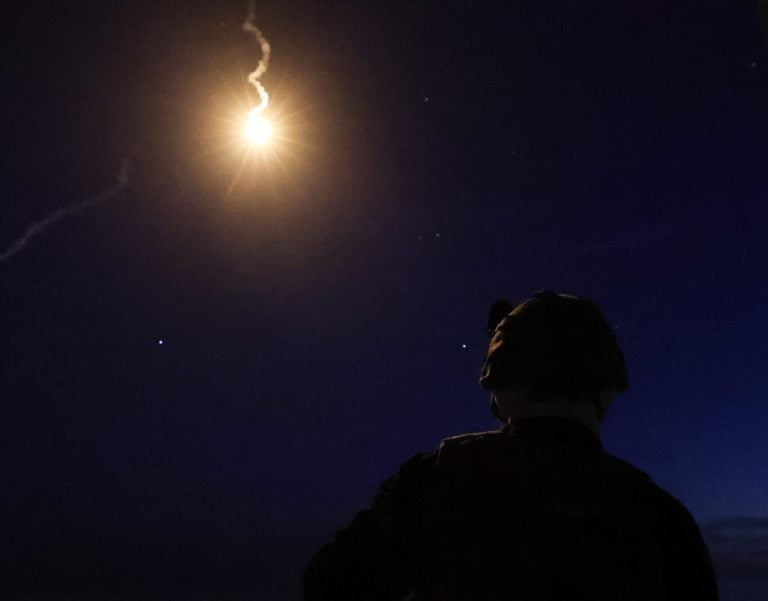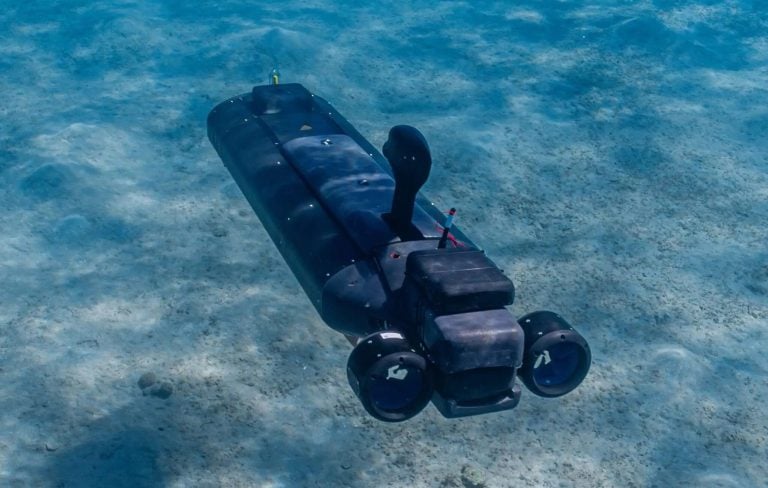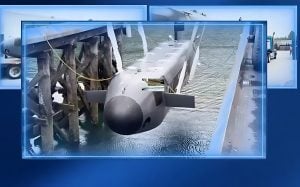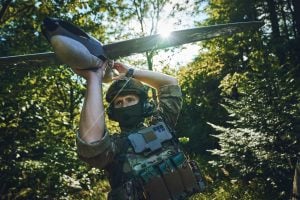The UK Royal Navy has commenced operations with its S-100 Peregrine rotary-wing unmanned aerial system in the Middle East, marking a significant milestone in enhancing naval surveillance capabilities. The unmanned aircraft was deployed from the HMS Lancaster (F229), a Duke-class frigate currently engaged in a long-term maritime security mission in the region.
During its initial flights, the Peregrine executed sorties both day and night, conducting reconnaissance over strategic maritime routes, particularly areas known as the “Hash Highway” between the Indian Ocean and the Gulf of Oman. This route is notorious for being exploited by international smugglers and drug traffickers. The data collected included real-time radar imagery and optical footage, providing critical situational awareness that was relayed directly to the warship’s operations room.
According to reports, this is only the beginning for the Royal Navy’s integration of the Peregrine into its operational framework. The initiative was highlighted on social media by the Royal Navy, citing the unmanned system’s role in delivering essential intelligence during counter-drug patrol operations across the Indian Ocean.
Lieutenant Commander Rob Guest, the officer in charge of the Wildcat and Peregrine operations aboard HMS Lancaster, emphasized the collaborative synergy between the crewed AW159 Wildcat helicopters and the uncrewed Peregrine. He described the integration of autonomous systems as a vital enhancement, providing additional resources that complement existing naval capabilities and promising positive outcomes for future missions.
The S-100 Peregrine, acquired by the UK Ministry of Defence in February 2023, was designed to serve as a modern aerial drone for the Royal Navy’s surface combat fleets. Based on the S-100 Camcopter developed by Austrian company Schiebel, the Peregrine is configured for military use with sophisticated radar and infrared/electro-optical camera systems. It possesses optional armaments, making it versatile for a variety of operational scenarios, including surveillance and reconnaissance missions.
The specifications of the Peregrine include a length of 3.1 meters (10.1 feet), a weight of 110 kilograms (243 pounds), and a rotor diameter of 3.4 meters (11.1 feet). The aircraft is powered by either an Austro AE50R Wankel engine or a Schiebel heavy fuel engine, yielding around 55 horsepower. The drone features an impressive maximum speed of 120 knots (222 kilometers/138 miles per hour), with an operational range of 180 kilometers (112 miles) and a service ceiling of 5,500 meters (18,045 feet). Notably, the Peregrine boasts an endurance of up to six hours, allowing for extended missions over vast oceanic stretches.
This deployment of the S-100 Peregrine underscores the Royal Navy’s commitment to leveraging cutting-edge technology in maritime security operations, giving it a significant advantage in monitoring and responding to illicit activities in critical maritime zones.
